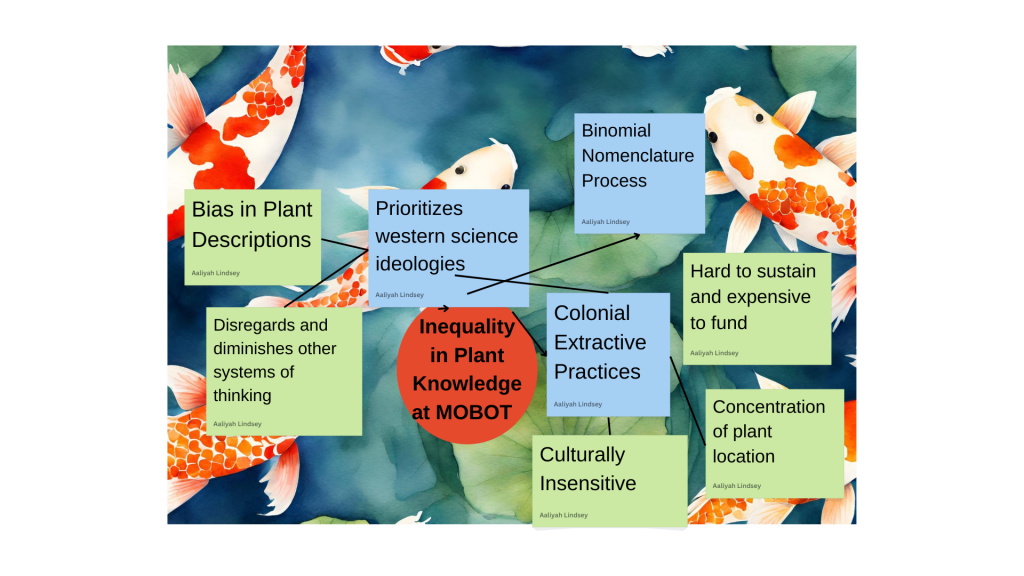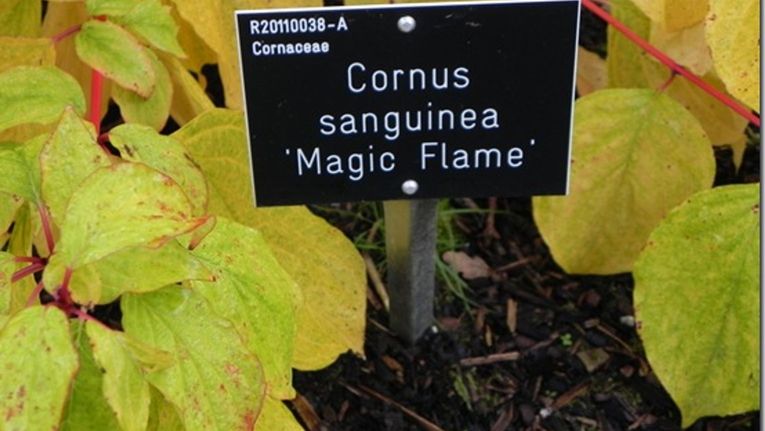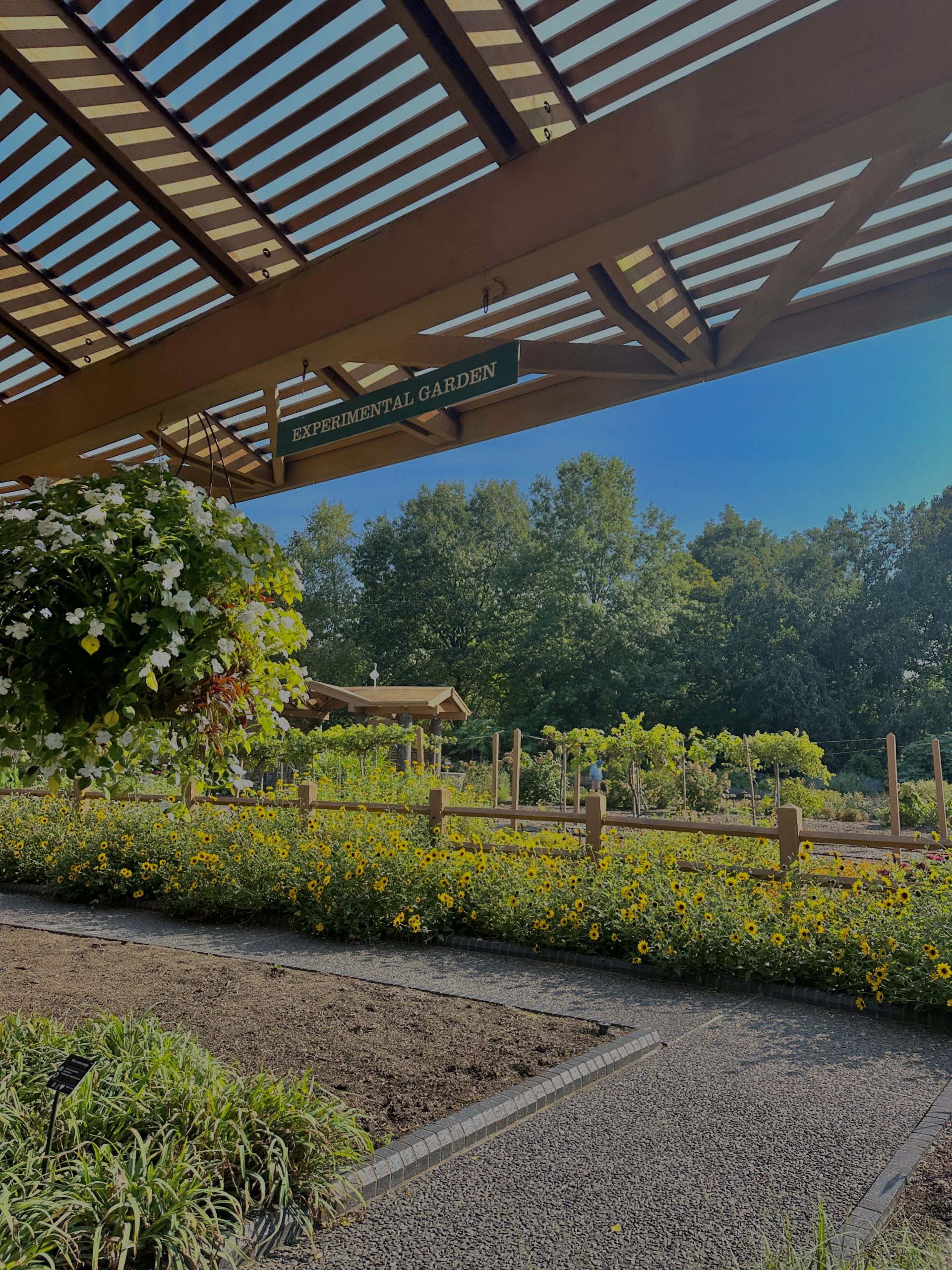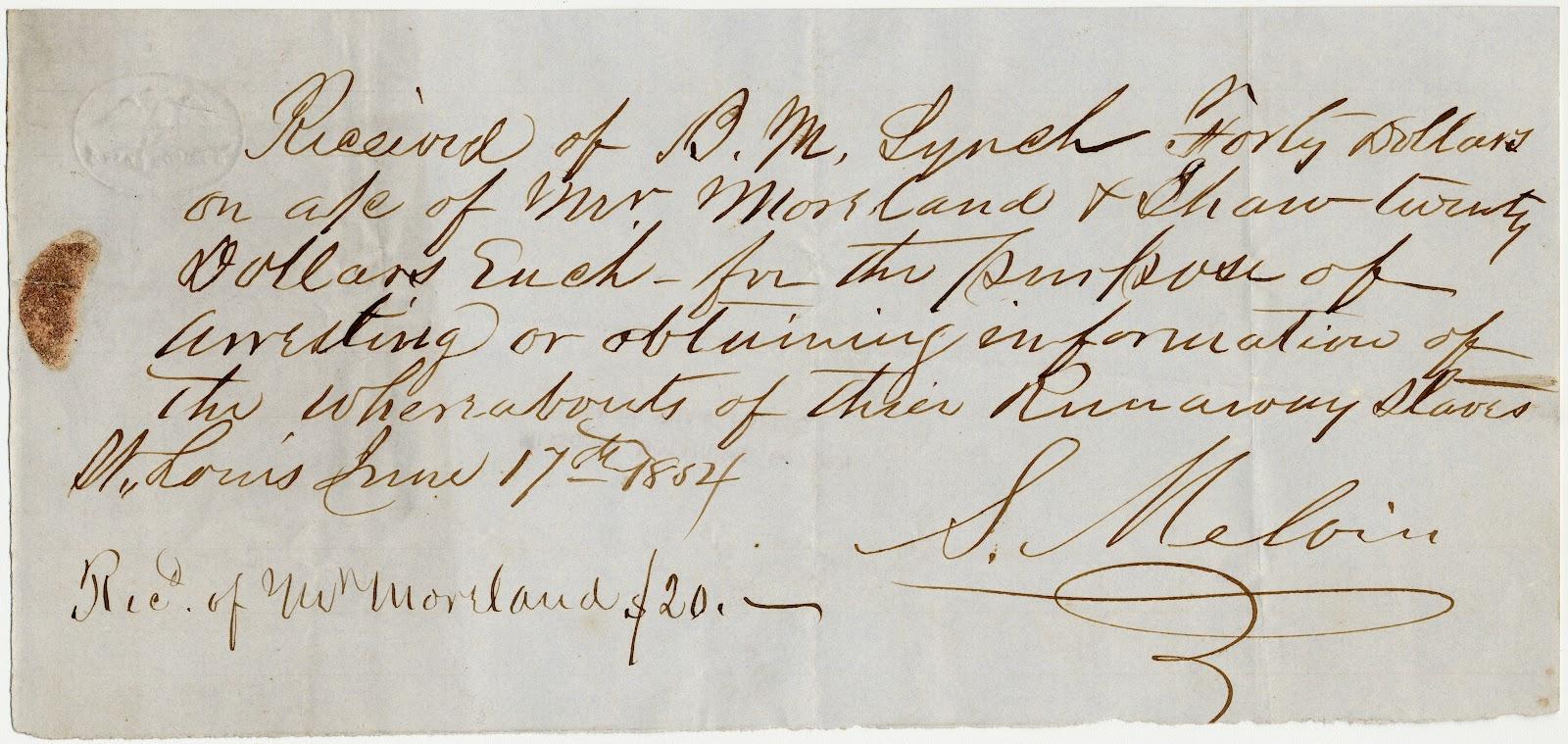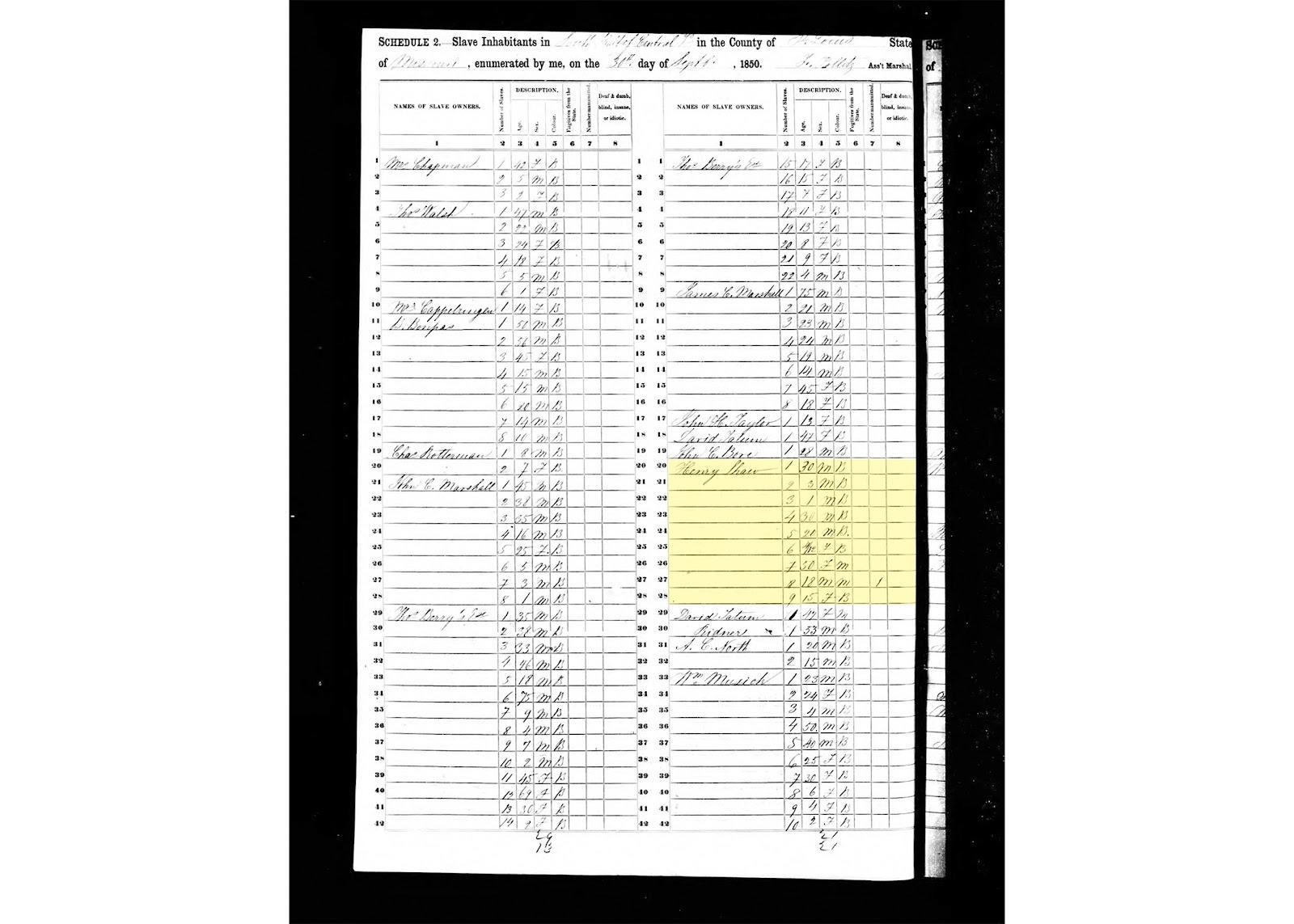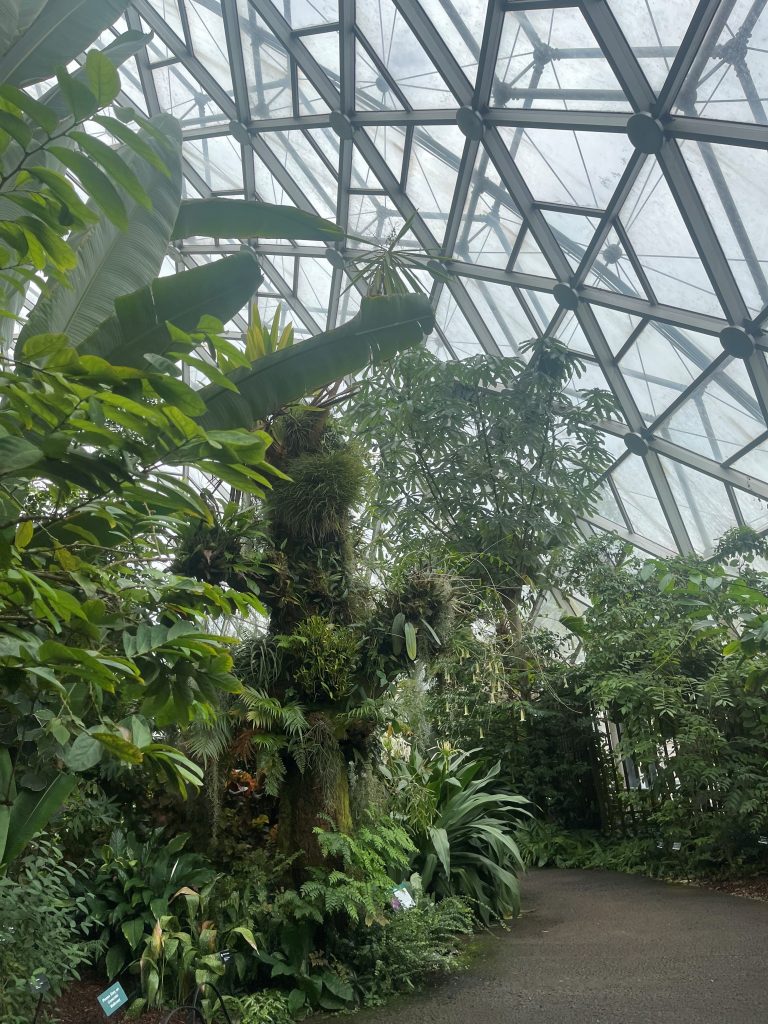Causal Chain Analysis
Kasey Tipton
October 11, 2023
Multimodal Composition #2- Causal Chain Analysis
According to chapter three in Sustainable World, written by Sonya Remington-Doucette, a causal chain analysis is “a tool for analyzing socioecological systems by classifying key drivers, establishing the relationships among drivers, and determining their relative influences on a system.” (Remington-Doucette, 123). A causal chain analysis is needed to identify indicators relating to sustainability, link our problem to the drivers that are causing our problem and the extent of them, and to see how human interaction is affecting our problem. Causal chain analysis can be made in different ways. As graphs, charts, or even simply listing them out. Below is a graph example of a causal chain analysis.
An Example of a Causal Chain Analysis
To understand our causal chain analysis, we need to identify our problem: Reparative Justice. According to the New England Board of Higher Education, “reparative justice is a way of thinking about justice (a mindset) that centers those who have been harmed, and focuses on repairing past harms, stopping present harm, and preventing the reproduction of harm.” (NEBHE). Within our CODES cohort, we are working with the Missouri Botanical Gardens in order to help emphasize biodiversity within their plant conservation. There are many different problems within the herbarium and their plant catalogs. This is an issue that needs to be stopped right away in order to prevent our future generations from being hurt. Furthermore, it needs to be helped in order for the problem to not repeat itself. As you will see below, there is a chart demonstrating how community, victims, and offenders all tie in together to our theme of reparative/restorative justice.
The Factors that are Relating to Reparative Justice
https://www.marincounty.org/depts/pb/divisions/adult-services/restorative-justice
“Causal chain analysis promotes deeper understanding of sustainability problems by connecting drivers to the problem.” (Remington-Doucette pg. 147) In order to solve any wicked problem, it is very important to know the direct and indirect drivers of a problem. Direct drivers are things/people that have a direct influence on an issue. Indirect drivers are the things/people that are not directly causing a problem, but they are problems that are learning into the direct drivers. In our case of reparative justice, we need to understand our drivers.
Direct and Indirect Drivers Chart Created By Me
Within the chart above, I have identified a few of the possible drivers of our problem. One driver in reparative justice is the lack of historical representation. This can be caused by having bias in choosing what gets displayed at the gardens and online. It can be influenced by the people or group of people who are responsible for this aspect of the Missouri Botanical Gardens. Our second driver is the lack of diversity within the plant conservation. This is affected by several indirect drivers. For example, where the data is being taken, when the data was recorded, and who recorded the data. A third direct driver could be a bias in our data. Nowadays, plant conservationists and researchers tend to prioritize western science. Additionally, bias can be affected by the motivation of the person recording the data, who is collecting the data, and when. A final direct driver could be the access to the Missouri Botanical Gardens. However a person decides to view the gardens, whether that be online or in person, it costs money. Entry tickets for the gardens are roughly around $14 depending on the day/time a person plans to visit. Furthermore, if someone wants to access the garden online, they have to have access to the internet (which also costs money).
Causal Chain Analysis Created by Me
As you may see, I took the direct drivers from my first chart, in order to create my causal chain analysis. Even though I chose the main problem as being “cultures may feel overlooked/scammed when visiting the Missouri Botanical Gardens”, there are many different problems an individual may choose based on reparative justice. Reparative justice is a broad term, especially dealing with the gardens because there are many different reasons reparative justice needs to be fixed. Such as healing the individuals/cultures that have been influenced, displaying proper biodiversity within the gardens, and to stop future generations from being hurt by the lack of cultural representation.
In conclusion, according to Sustainable World, written by Sonya Remington-Doucette, a causal chain analysis is “a tool for analyzing socioecological systems by classifying key drivers, establishing the relationships among drivers, and determining their relative influences on a system.” (Remington-Doucette pg 123). A causal chain analysis is very important for individuals who are trying to solve a wicked problem. In our case, we need to act promptly and knowledgeably in order to help restorative justice at the Missouri Botanical Gardens.
Sources:
“Reparative Justice.” New England Board of Higher Education, https://nebhe.org/reparative-justice/. Accessed 12 Oct. 2023.CloseDeleteEdit
Remington-Doucette, Sonya. Sustainable World.

